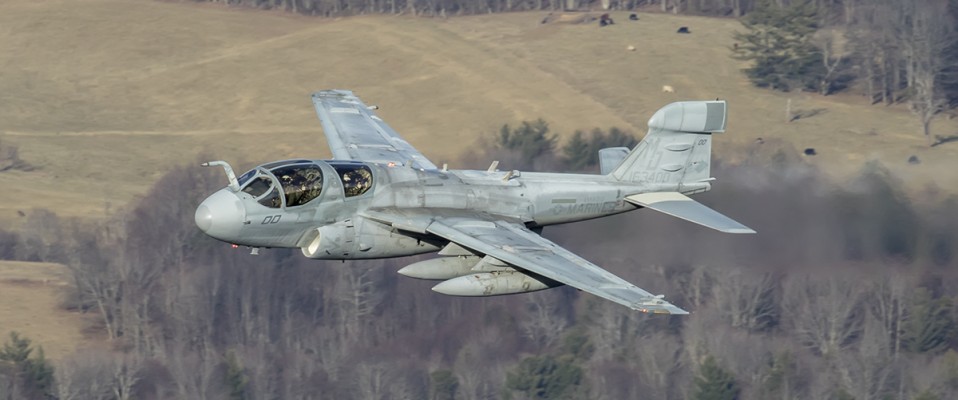The EA-6 Prowler, the last of the dedicated USMC Electronic Warfare platforms
Story and photos by Todd Miller
February 21, 2017
The unmistakable Grumman EA-6B Prowler comes into view on the horizon and streaks low across the hills of southern Virginia. “Dog 31” of the VMAQ-3 Moon Dogs is on a routine low level training mission. The flight ensures pilot and electronic countermeasures officers (ECMOs) realize the minimum designated 15 hours of monthly flight time to maintain proficiency. Additional time is spent training in simulators to address specific threat environments. The Prowler wings by and banks into the late afternoon sun. It is a visual metaphor, as sundown for the Prowler fleet is drawing near.
The Prowlers remain one of the premier electronic warfare (EW) aircraft in the services and are planned to cease operations in 2019. Prowler squadron VMAQT-1 the Banshees were decommissioned in 2016, and the current Marine Aviation plan has the remaining squadrons following one per year; in 2017 the VMAQ-4 Seahawks, in 2018 the VMAQ-3 Moon Dogs, and the last Prowler squadron, the VMAQ-2 Death Jesters will be decommissioned in 2019. The 18 currently remaining EA-6Bs are based at MCAS Cherry Point, NC and split among the 3 active squadrons as needs (deployments) require. During this staged sundown, pilots and ECMOs are given options to transition to other aircraft, incoming EW platforms, or pursue new occupational specialties.
In many respects the Prowler “sundown” is not a typical “retirement” where a platform with diminished capacity slowly fades away. Today’s Prowler is the most capable variant ever. The aircraft features the improved capabilities (ICAP) III package and will receive Block 7 ICAP III upgrades to improve EW performance and operability through to the end of service life. The aircraft are effective and future deployments are planned.
Over 46 years of service Prowlers (USN since 1971 & USMC since 1977) have been involved in scores of critical Navy, Air Force, Marine and Coalition operations. Since 9/11 Prowlers have been deployed near continuously. Recently, the aircraft have provided extensive service (including deployment to Incirlik Air Base in Turkey) over Syria and Iraq to support the coalition in the fight against ISIS. In these theaters, the aircraft jam cell phones and other remote signals that trigger IEDs as well radars that may be tracking coalition air assets. While the aircraft can utilize anti-radiation missiles to strike enemy radar assets, their secondary role in this region is more likely to include intelligence gathering within the electronic spectrum.
By 2020, the USMC will have adopted a revolutionary change in how they address electronic warfare. Rather than replace the Prowler with a dedicated platform, the USMC has adopted a distributed strategy, where “every platform is a sensor, shooter and sharer.” This new paradigm brings together both electronic warfare and cyber capability with the Marine Air-Ground Task Force (MAGTF) in a structure called the (MAGTF EW).
USMC Captain Sarah Burns explains, “Under MAGTF EW the Marine Corps is leveraging emerging technologies and integrating multiple aviation platforms [unmanned, fixed-wing, tilt-rotor, and rotary-wing assets]; payloads; ground-based EW nodes; and cyber capabilities to provide commanders with an organic and persistent EW capability – for every MAGTF – large and small…”
Within the MAGTF EW each USMC aviation platform will have the capability to carry its own pods packed with sensors / jammer payloads (such as the Intrepid Tiger II). 2nd Lt. Samuel Stephenson indicates, “This integration of manned and unmanned airborne and ground EW capabilities will provide the MAGTF commander with greater flexibility and control of the electromagnetic spectrum and, in many cases, giving the commander a capability where previously they had none. MAGTF EW assets will be modular, scalable and networked, utilizing an open architecture that is rapidly adaptable and remotely re-programmable at the tactical level to support future Marine Corps warfighting requirements.”
The US Navy EA-18G Growler will continue the Prowlers dedicated EW mission. The USMC F-35B & C (replacing the AV-8B, F/A-18A-D and EA-6B) will provide the tactical aviation requirements of the USMC while offering a very robust EW capability. Combined, the two aircraft (EA-18G & F-35B/C) will bring immense EW capability to the Joint Force. As Stephenson indicates, “These aircraft, combined with the assets available in the MAGTF EW, will ensure the Marine Corps will be able to quickly innovate and adapt to the changing EW mission set and the battlefield of tomorrow.”
During this time of dynamic change within the USMC, the Prowlers remain at the ready and heavily utilized. The aircraft train out of MCAS Cherry Point and participate globally within exercises of USAF, USN and coalition forces. The Prowler community and aviation enthusiasts have a few remaining years to celebrate the service and enjoy the flight of the Prowler. They can do so knowing this cat is black, and will be on the prowl until the final hour.
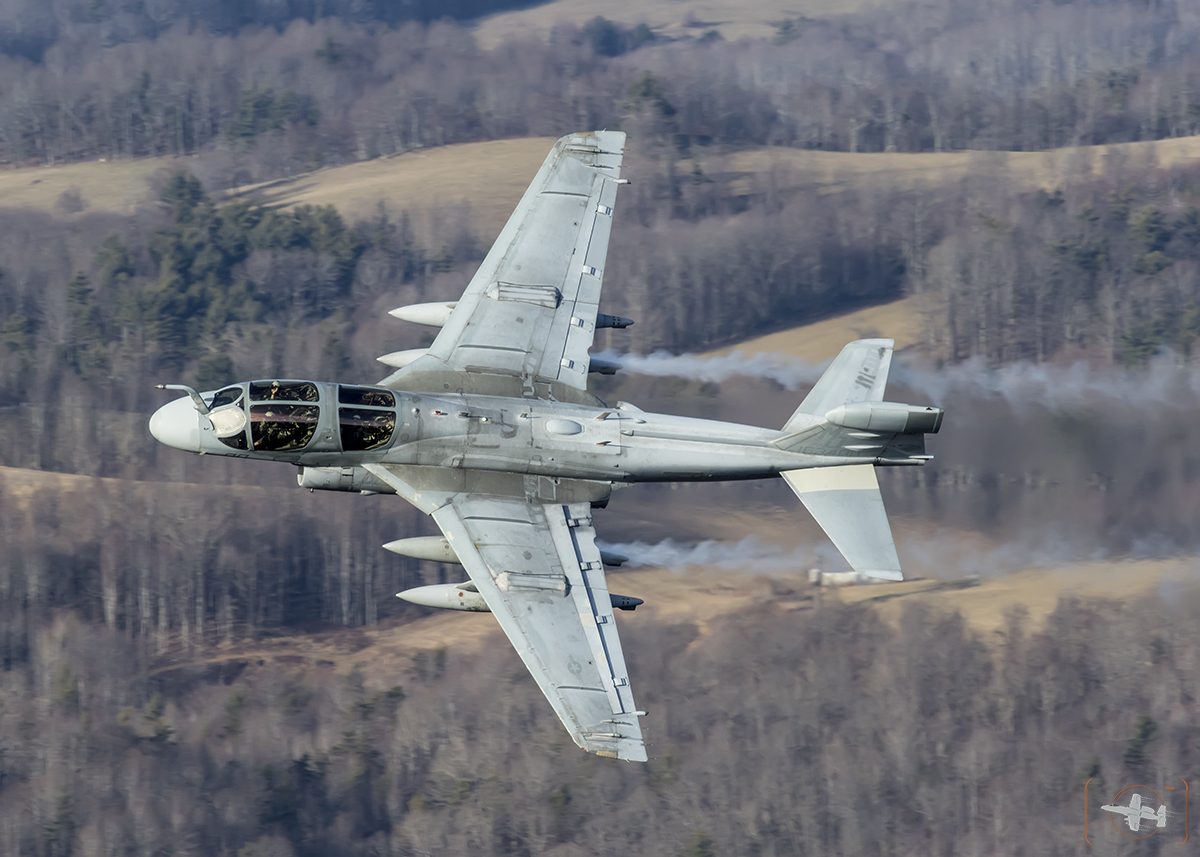
“Dog 31” EA-6B Prowler of the VMAQ-3 Moon Dogs from MCAS Cherry Point on a routine low level training flight over Southern Virginia.
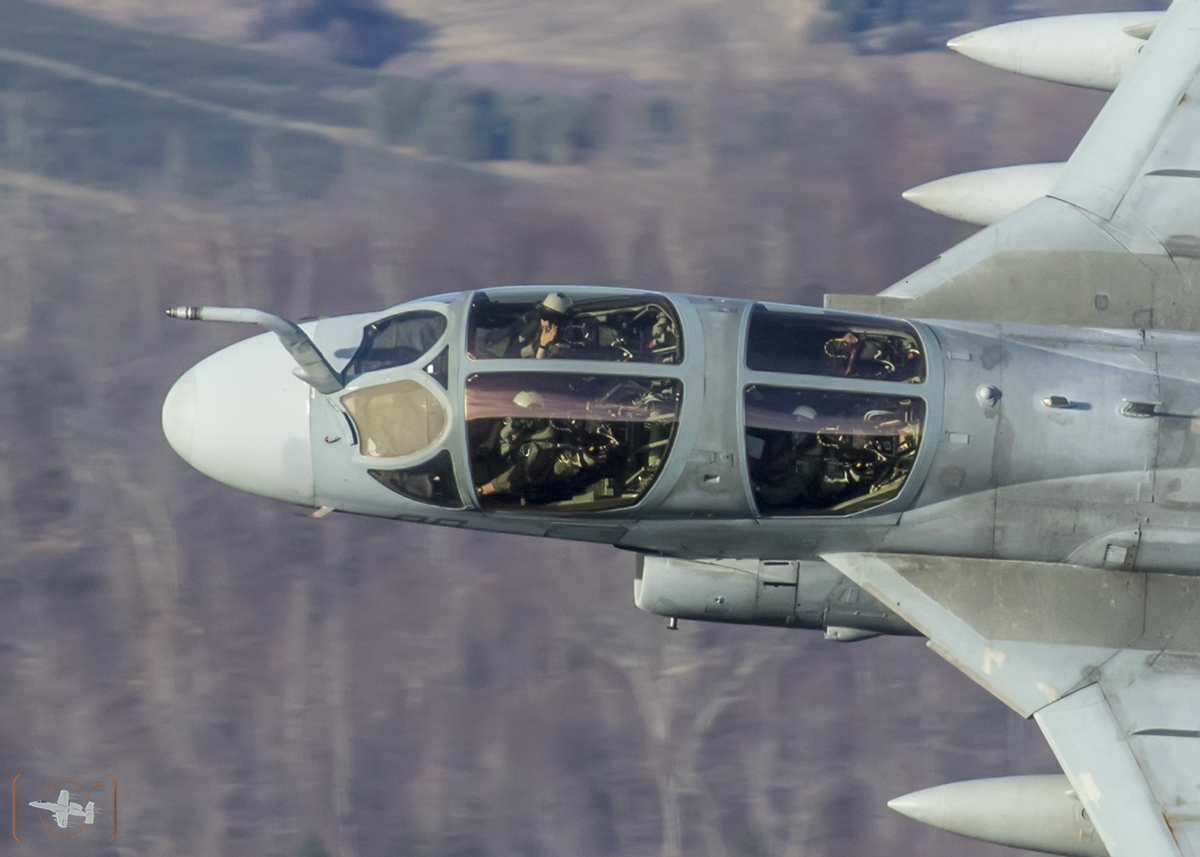
“Dog 31” EA-6B Prowler of the VMAQ-3 Moon Dogs from MCAS Cherry Point on a routine low level training flight over Southern Virginia.
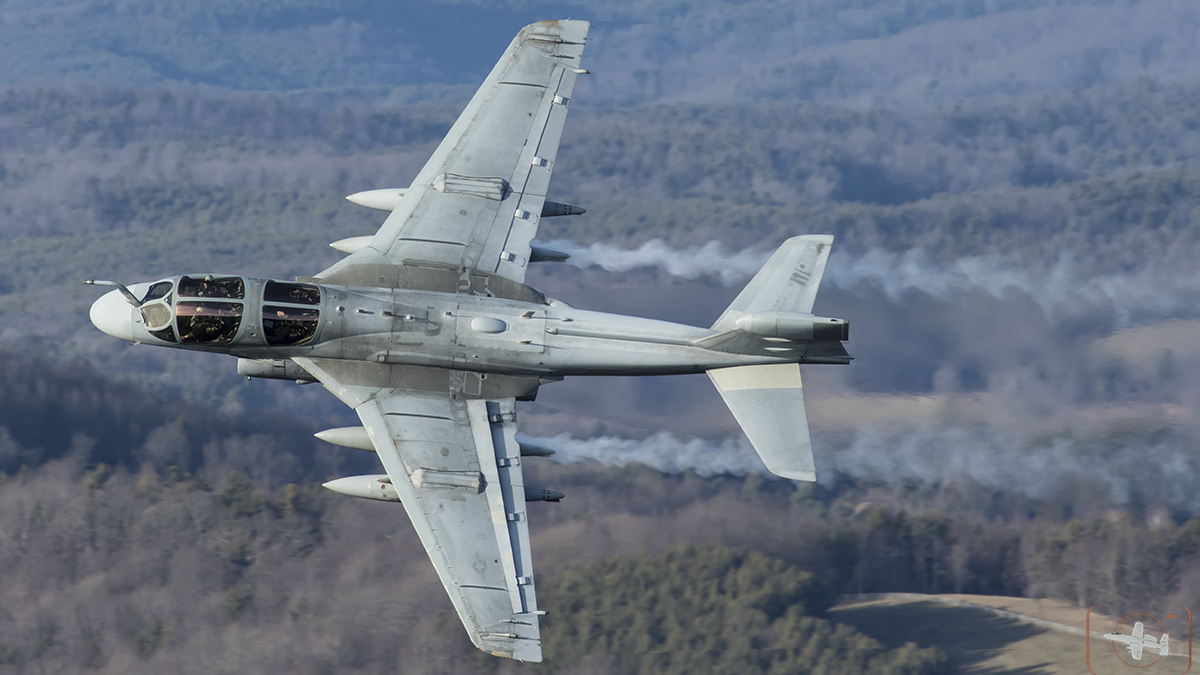
“Dog 31” EA-6B Prowler of the VMAQ-3 Moon Dogs from MCAS Cherry Point on a routine low level training flight over Southern Virginia.
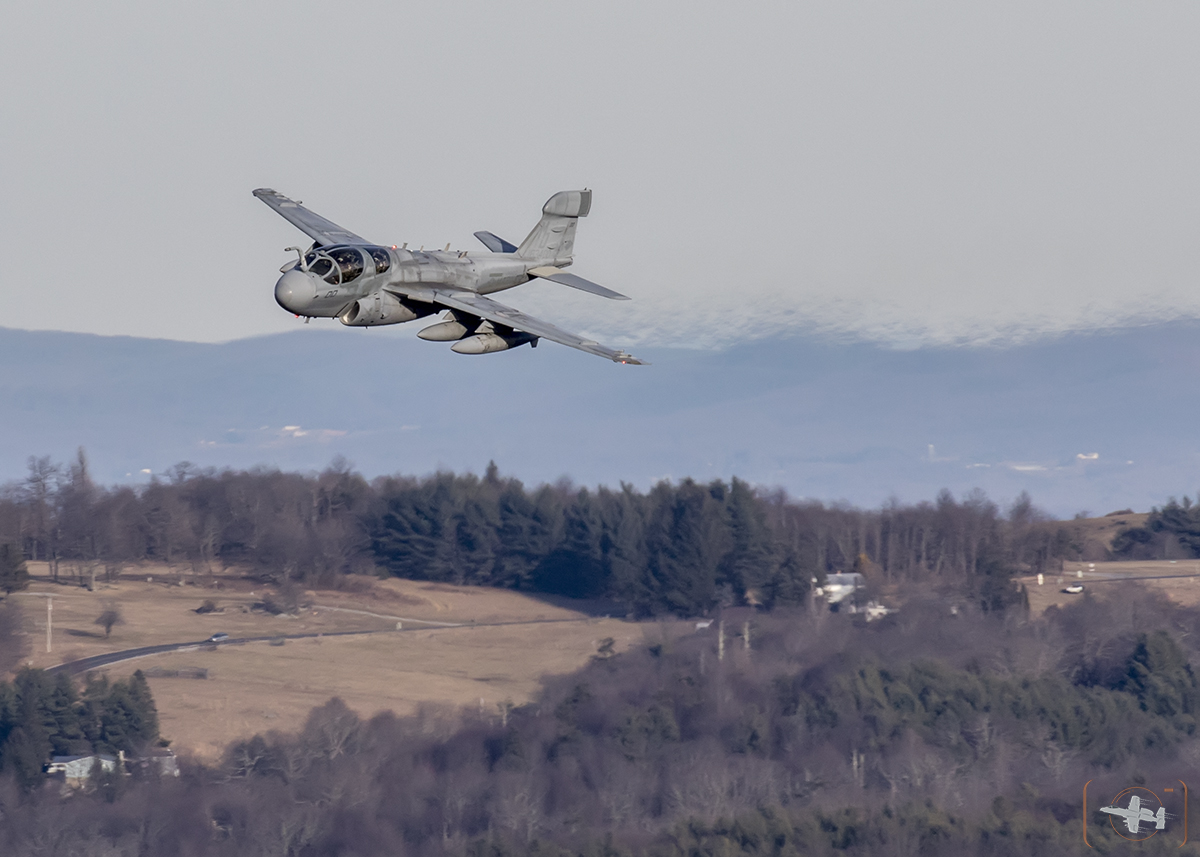
“Dog 31” EA-6B Prowler of the VMAQ-3 Moon Dogs from MCAS Cherry Point on a routine low level training flight over Southern Virginia.
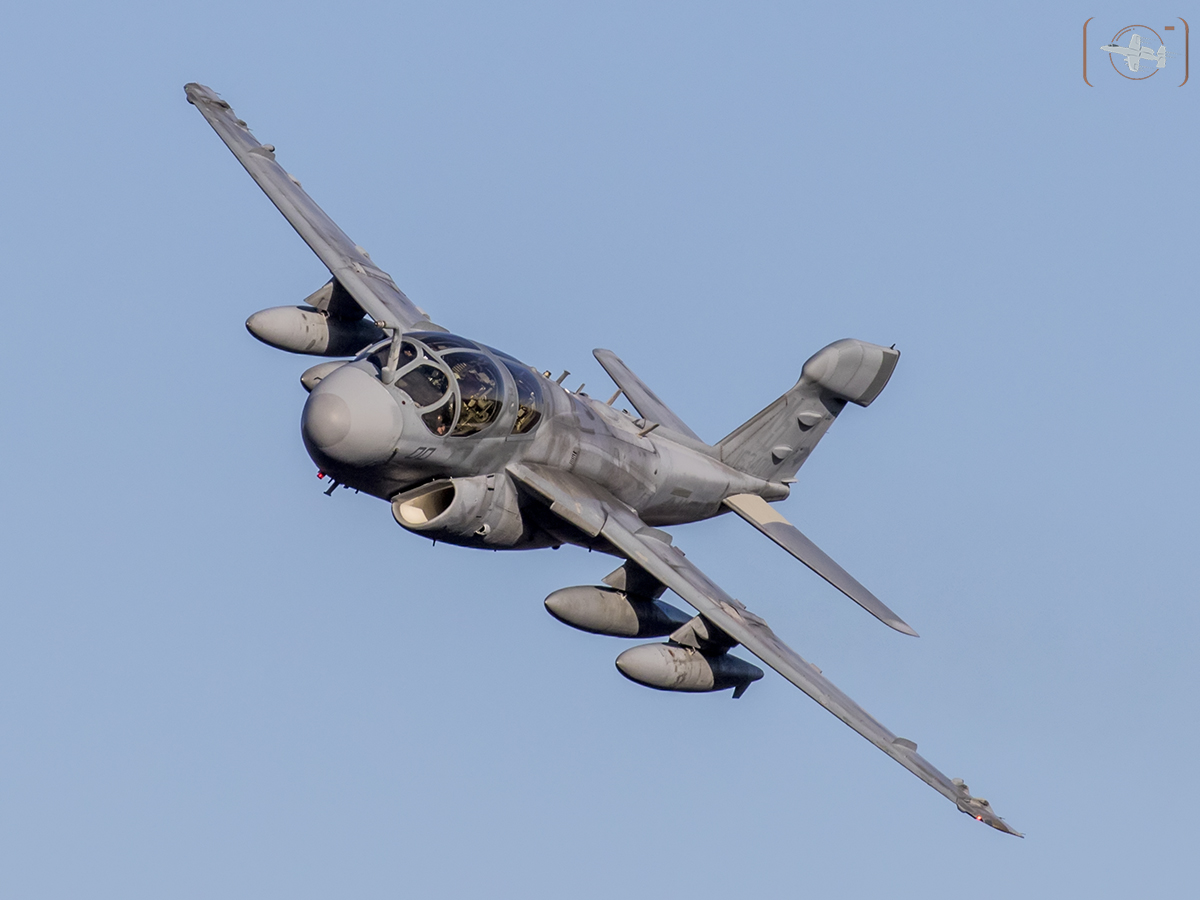
“Dog 31” EA-6B Prowler of the VMAQ-3 Moon Dogs from MCAS Cherry Point on a routine low level training flight over Southern Virginia.
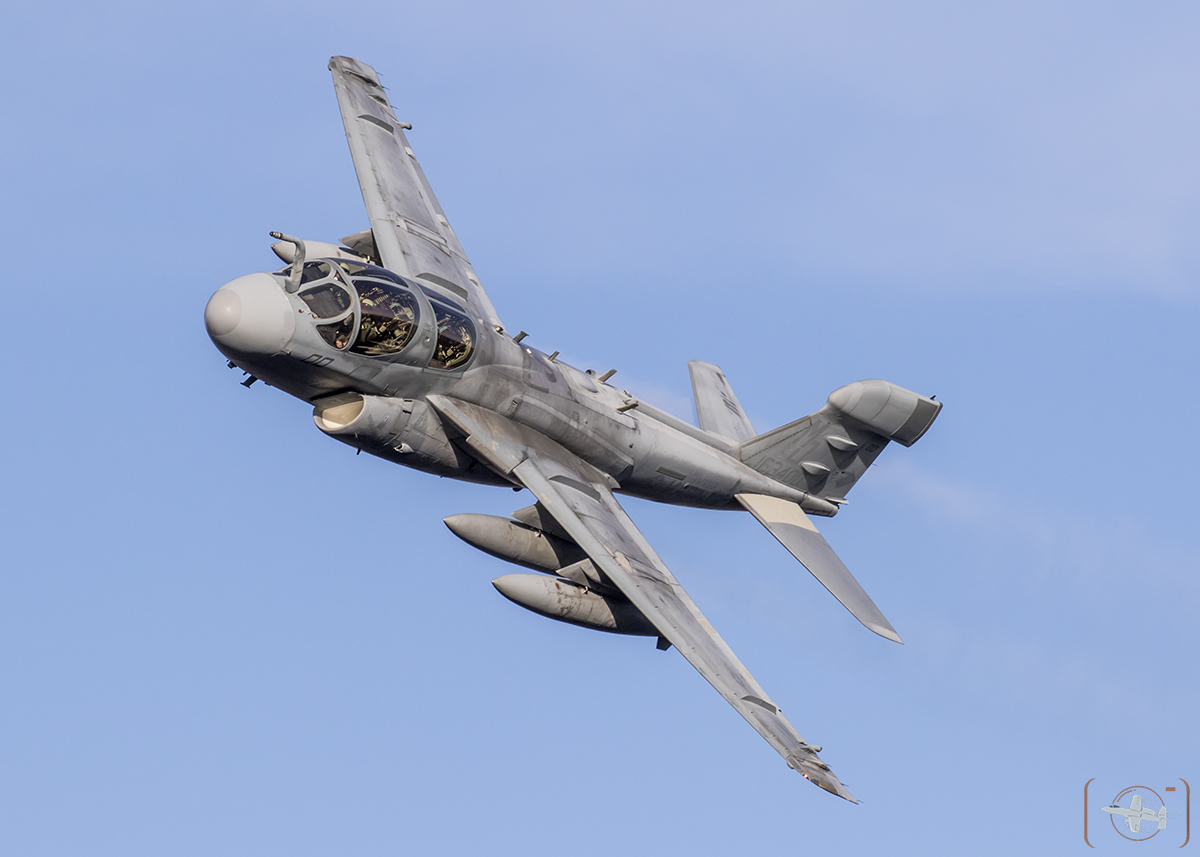
“Dog 31” EA-6B Prowler of the VMAQ-3 Moon Dogs from MCAS Cherry Point on a routine low level training flight over Southern Virginia.

“Dog 31” EA-6B Prowler of the VMAQ-3 Moon Dogs from MCAS Cherry Point on a routine low level training flight over Southern Virginia.
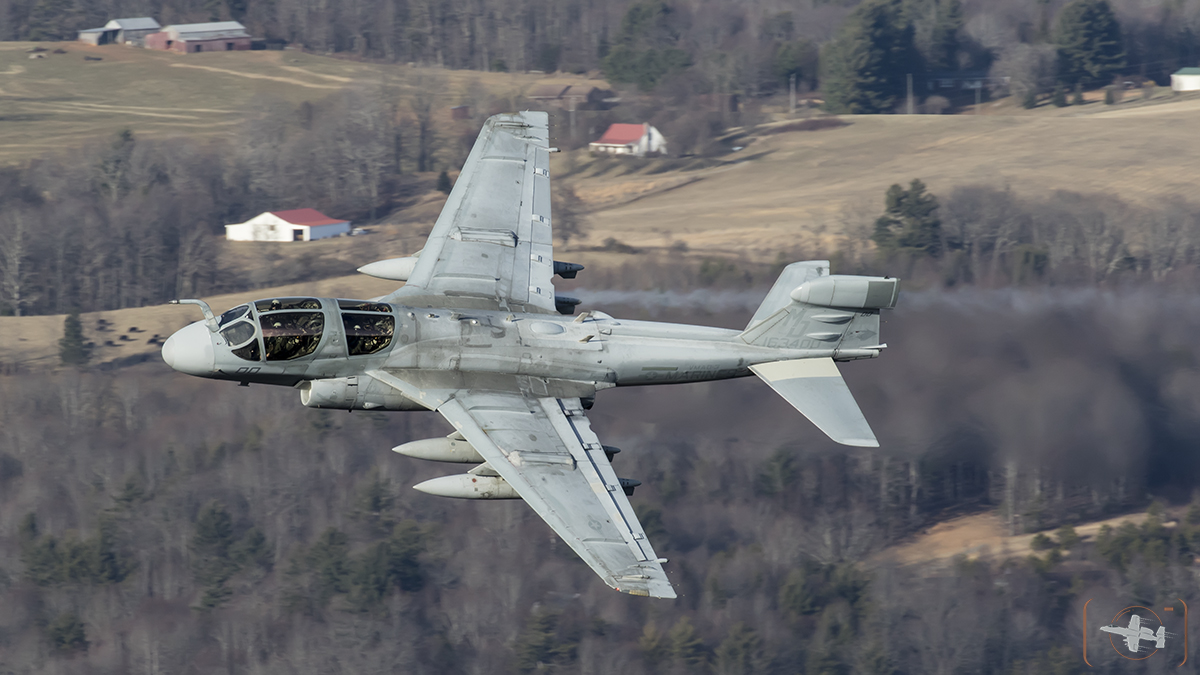
“Dog 31” EA-6B Prowler of the VMAQ-3 Moon Dogs from MCAS Cherry Point on a routine low level training flight over Southern Virginia.

“Dog 31” EA-6B Prowler of the VMAQ-3 Moon Dogs from MCAS Cherry Point on a routine low level training flight over Southern Virginia.
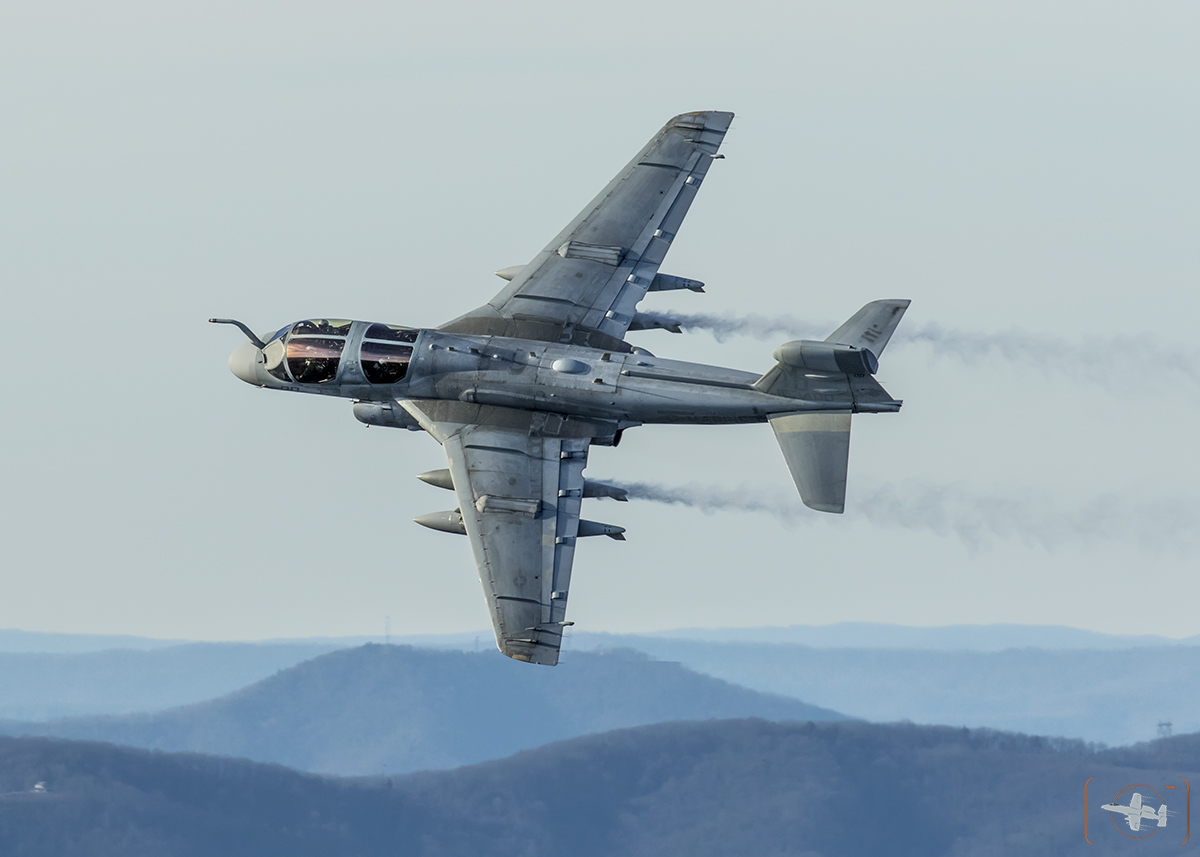
“Dog 31” EA-6B Prowler of the VMAQ-3 Moon Dogs from MCAS Cherry Point on a routine low level training flight over Southern Virginia.
Todd Miller resides in rural Maryland west of Baltimore. Given less than required eyesight Todd’s dreams of fighter pilot were grounded, but the love of military aviation has never subsided. Todd enjoys capturing military aircraft through photography, with a particular desire to capture them in mission action. When not busy chasing jets, Todd works in the area of Business Development for a prominent flooring materials company.
Todd can be reached at: [email protected]


